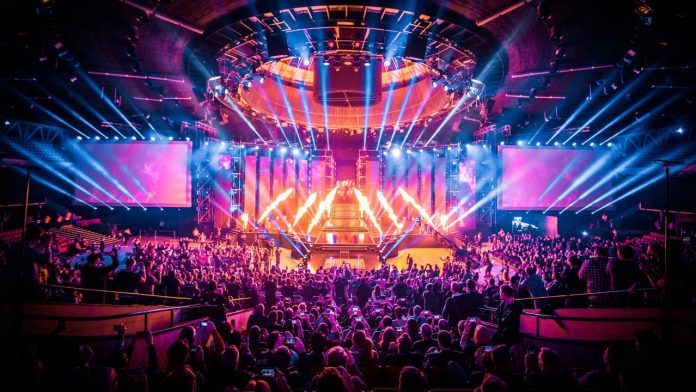Light is indispensable to any performance, creating the perfect ambiance. From a grand concert to an elegant wedding, from a corporate gathering to any other show or event, light will define the entire event. But where dramatic effects and complex set-ups are concerned, safety has to be at the topmost priority, and proper handling and installation must be ensured for all those dealing with the lighting setup. For more information about stage lights, read more at Betopper’s website. This article supplies an event planner with the safety standards required for stage lighting safely and efficiently.
Planning and preparation
Safety is built into the planning and preparation process. Careful planning before the installation of lights means that problems can be avoided even before the lights show off.
Site Assessment Perform
Understand the lay of the land, identify potential hazards, and determine where lighting will be best placed. Understanding the space better allows one to plan where the cables and most of the equipment shall be placed to avoid tripping hazards or obstructions.
Load Capacity
Check the load capacity of the rigging and supports to be used in hanging or fixing lighting devices. Ensure that these structures can hold the weight of lighting equipment as well as other equipment attached to it.
Electrical Considerations
Determine the amount of electrical power required and whether the venue would be able to carry out your lighting scheme, as power failures can arise from overloading circuits. The type and size of cables must be proper, and all connections must be secure.
Installation of Lighting Apparatus
Installation of lighting equipment is an important safety precaution. Improper installation will lead to an accident or failure of the equipment.
Secure Mounting
All lighting fixtures must be mounted or rigged. Appropriate hardware is to be used and this hardware must be installed following the manufacturer’s instructions. All mounts, clamps, or rigging used must also be tightened with no possibility of a drop or shift of equipment.
Appropriate Positioning
Mount lighting fixtures in such a way that they do not create an obstruction to walkways or prove hazardous for individuals walking around the event space. Mount lights in such a manner so that it does not shine directly into the eyes of the audience or create glare and, therefore, risky.
Avoid Overheating
Stage lighting can get hot, especially for older or more intense lights. Take care to ensure adequate airflow over lighting equipment to avoid overheating. Never locate lights next to combustibles, props, or décor.
Electrical Safety Precautions
With high power demands and complex lighting systems of modern stages, electrical safety becomes paramount.
Use Grounded Equipment
All electrical equipment shall be kept grounded. This prevents them from causing electrical shock and reduces the chances of fires resulting from electric shock. Use only safety-compliant and in working condition equipment.
Improper Wiring
All the electrical codes and standards need to be adhered to while doing wiring of lighting systems. The wiring and connections must utilize copper or similar high-quality cables and connectors designed for the particular power requirements of the lighting equipment.
Emergency Shut-Off
Educate all those, who will conduct the operation, about the location of shut-off switches and procedures. It can often stop further damage or injury in case of an electrical emergency when one can cut power fast enough.
Safety During Operation
The final checklist involves safety measures for an ongoing event, once the lighting setup is done.
Check Equipment
The lights need to be checked constantly during the event. Ensure the lights are functioning correctly and there are no signs of malfunction such as flickering lights or strange noises.
Train Staff
Educate and train the employees who will work with or use the lighting. Educate them on how to use the equipment safely. They should also understand the emergency procedures in case something goes wrong.
Keep Communication Clear
As the lighting team informs the rest of the event staff, so thus does every member of the event know of possible hazards and should be able to coordinate when something does go wrong.
Monitor Post-Event Observations
After the event, make sure that the entire process of dismantling and storage has occurred with no hazard.
Inspect Equipment
Inspect all lighting equipment along with all damages that might have been incurred during the event. Check on cables, fixtures, and mounts to check on wear and tear to ensure proper rectification before their next use.
Proper Storage
Store lighting equipment in a safe and organized manner. All items must be cleaned and stored properly to avoid being damaged and ensure they are ready for use shortly.
Conclusion
Having safety integrated into the installation of stage lighting is a very important aspect. This can be achieved through proper planning and preparation, proper installation, management of cables, and observing electrical safety precautions before the event and ensuring continued safety during and after the event. In this sense, event planners will ensure that what is offered through lighting does not endanger people but instead creates a better experience for one during the occasion.














